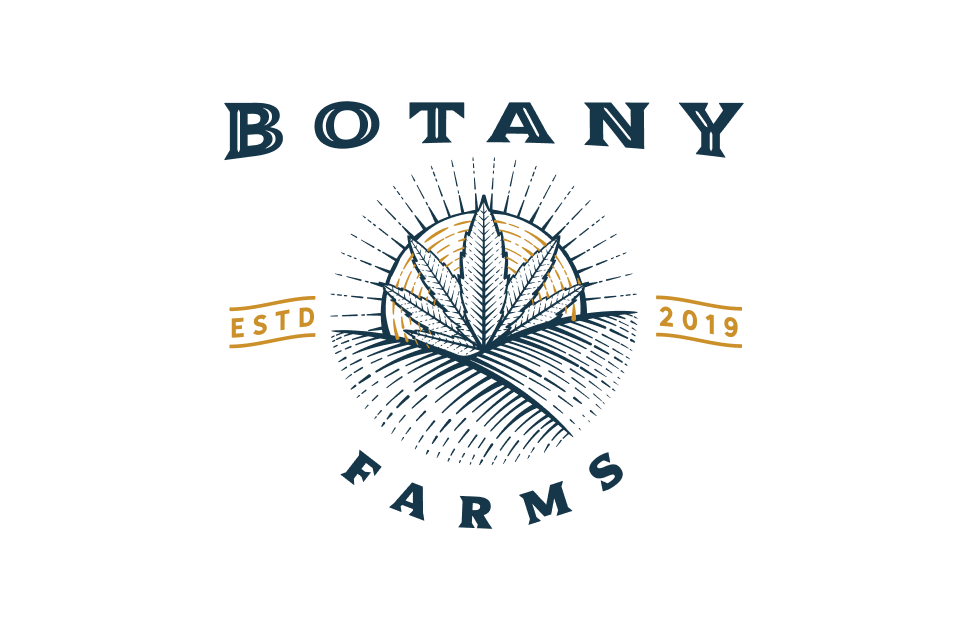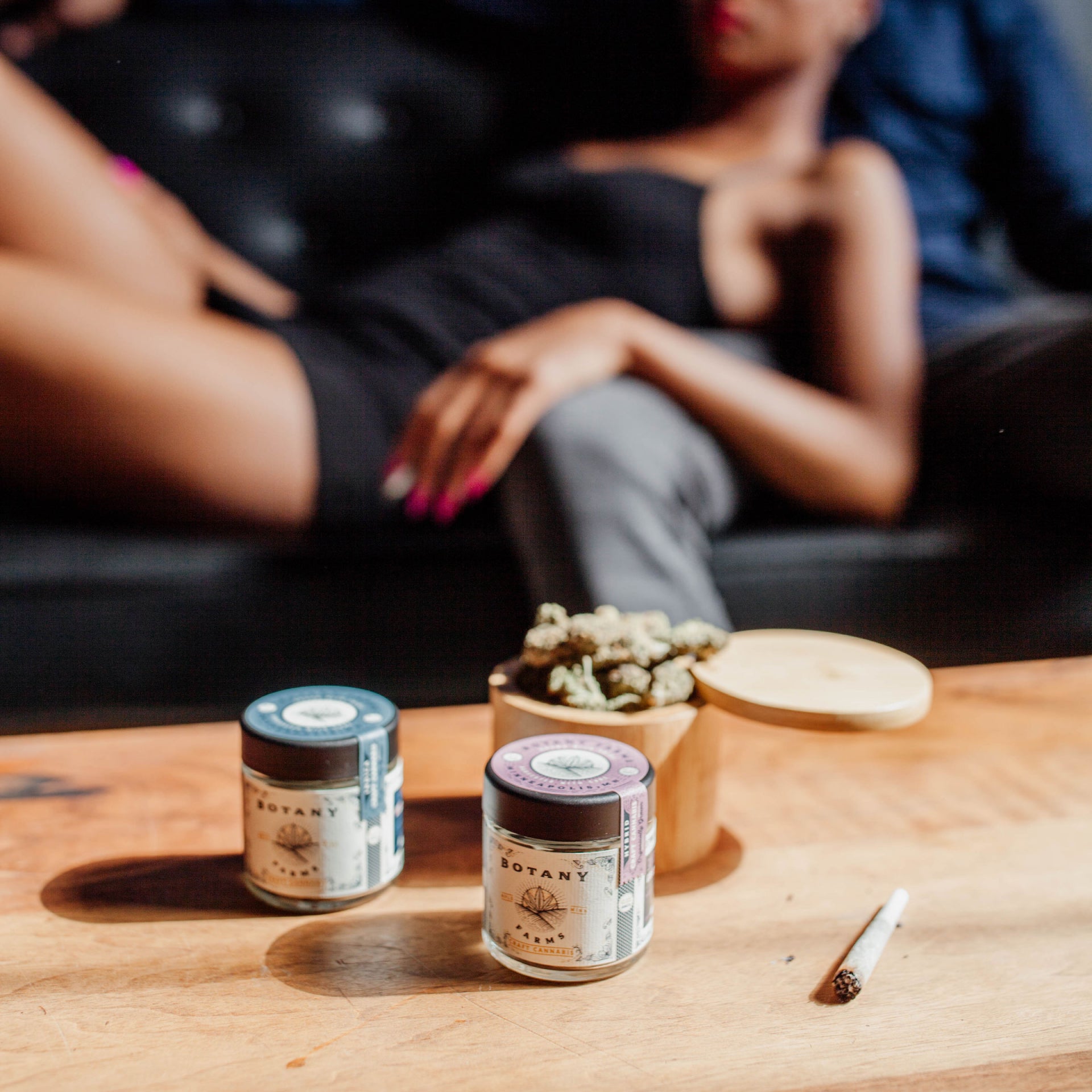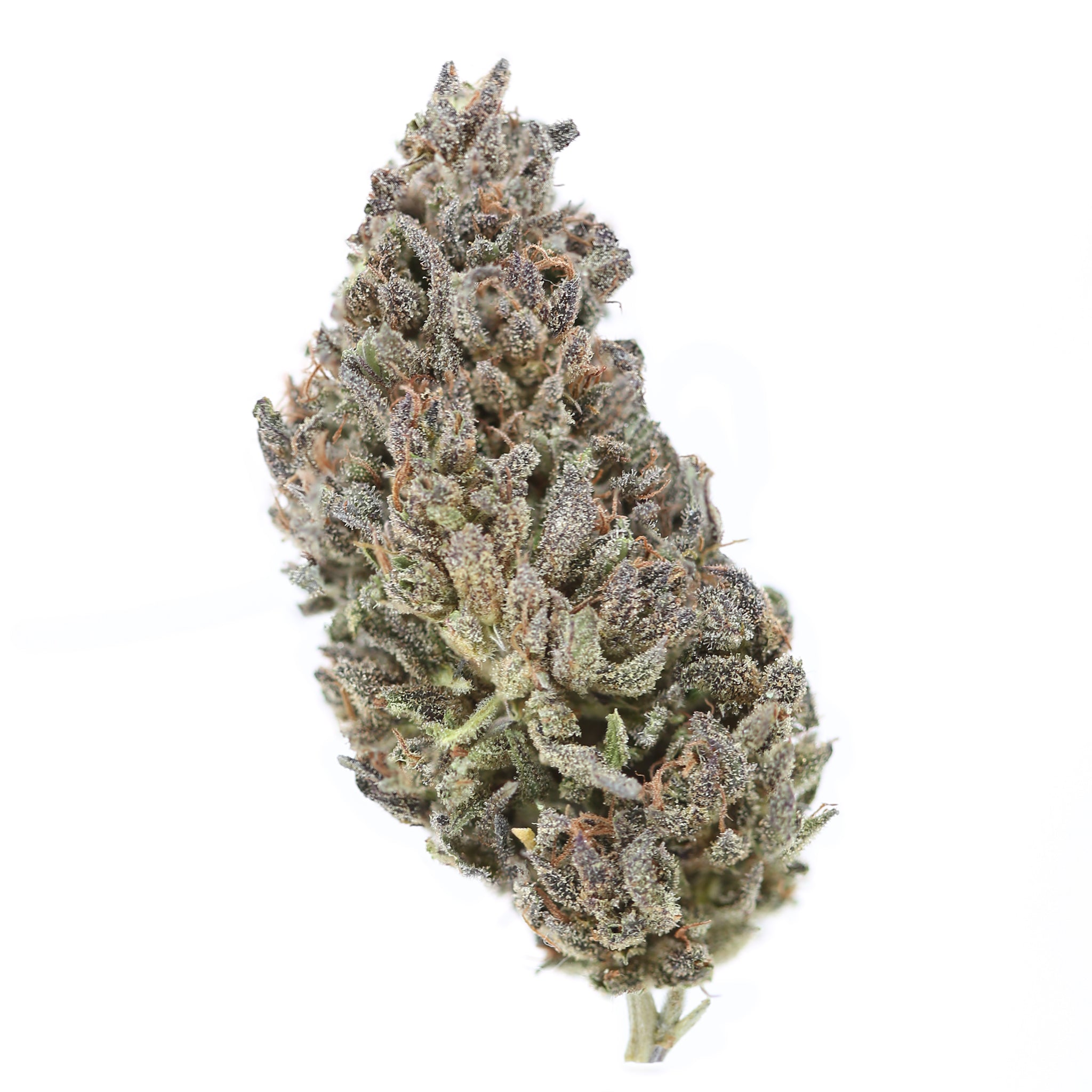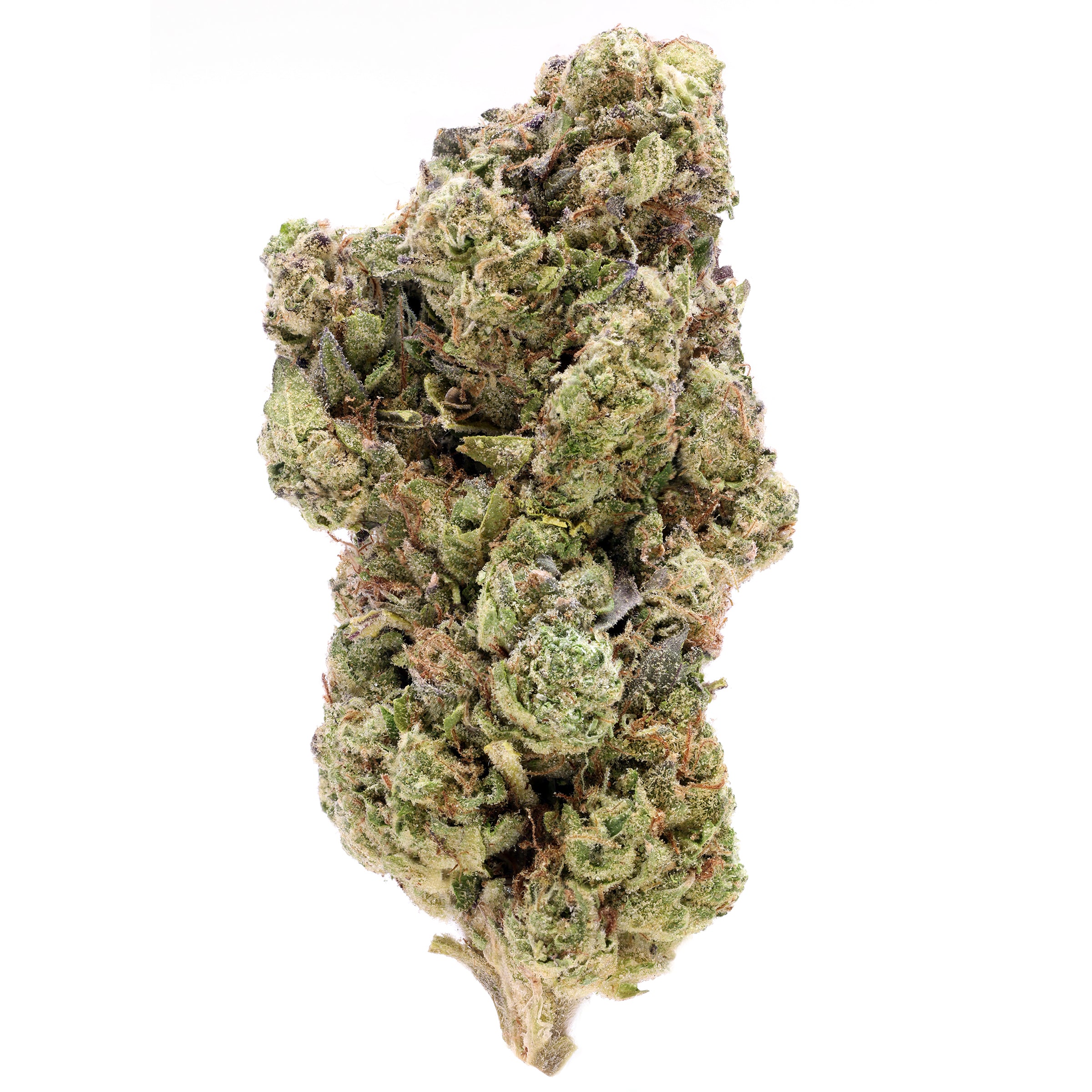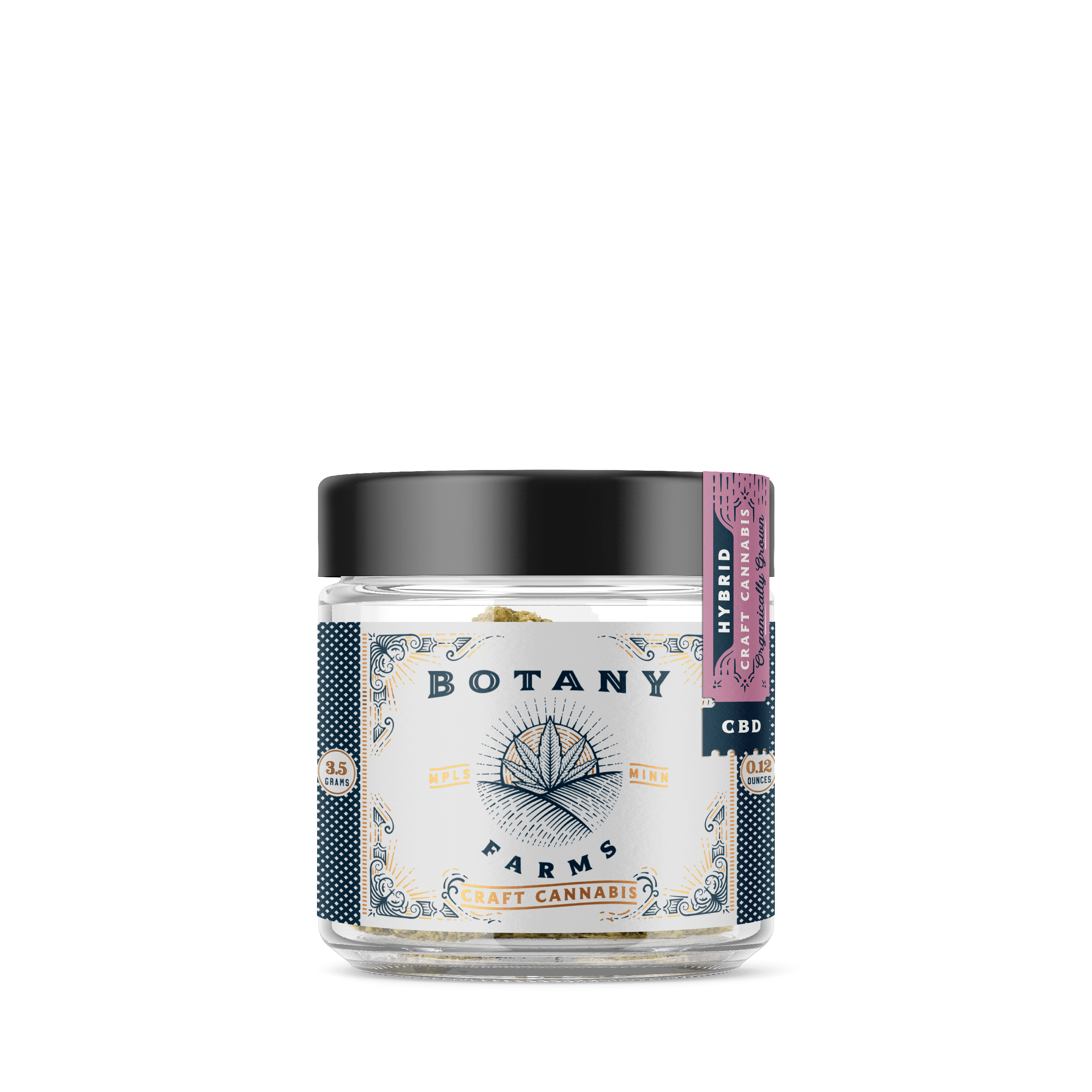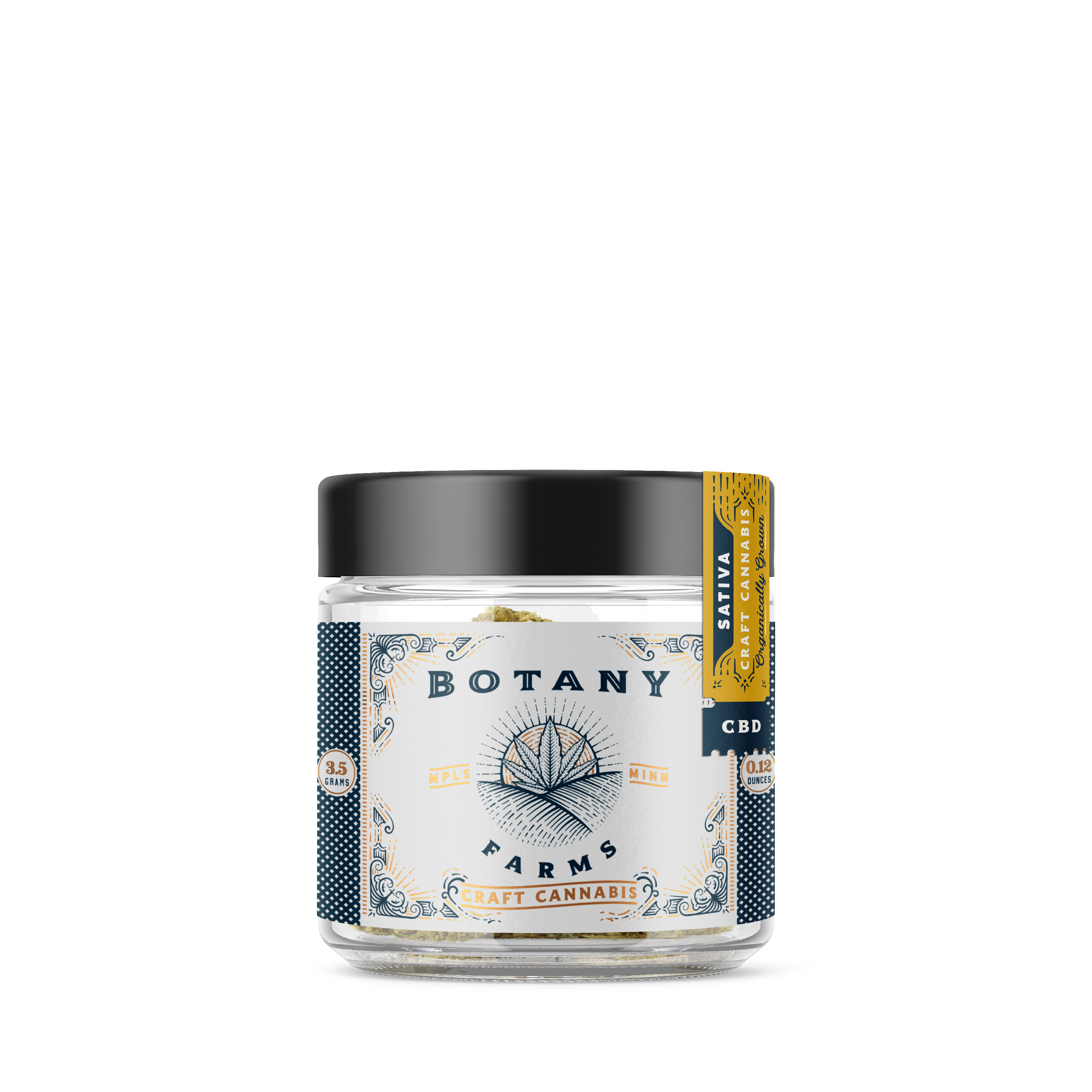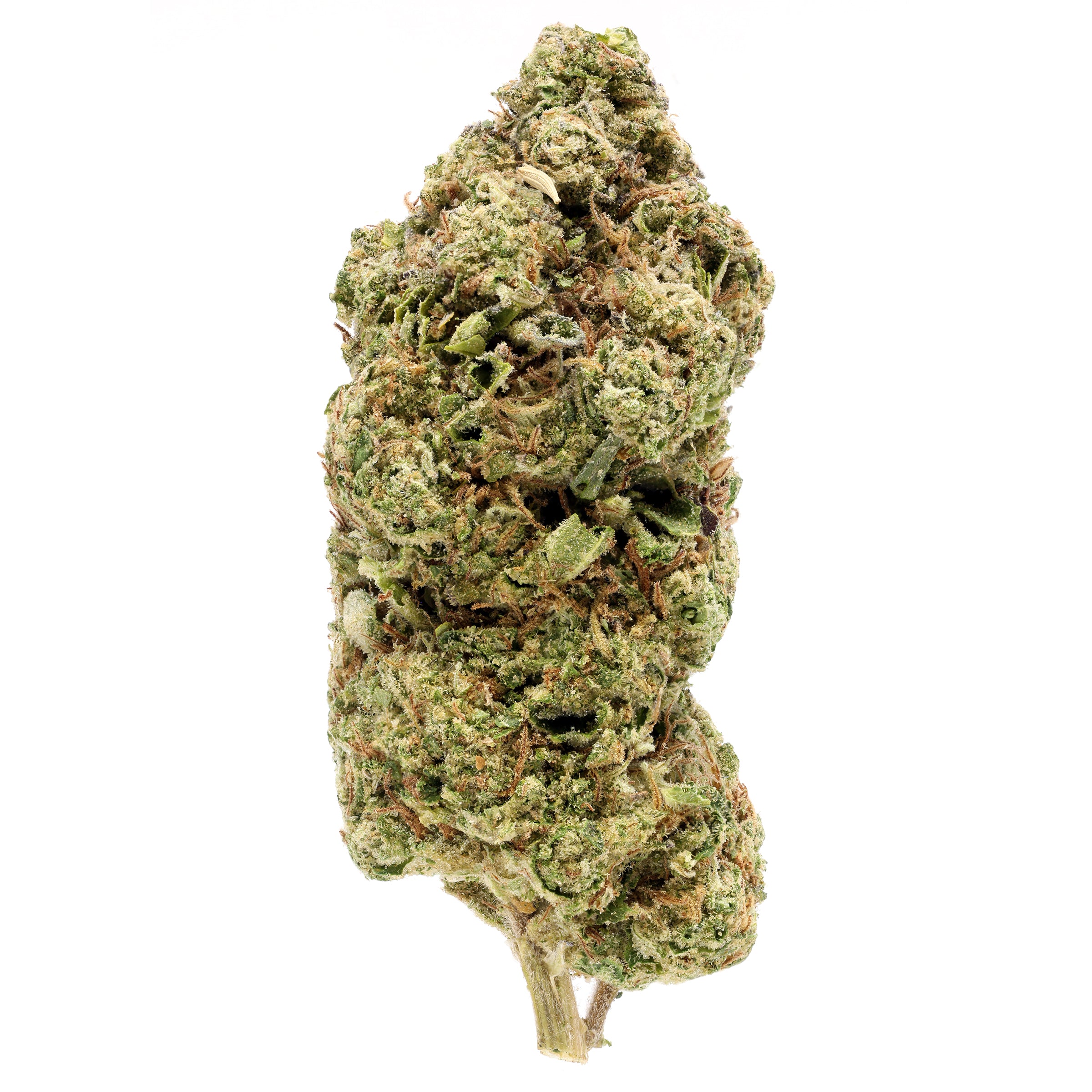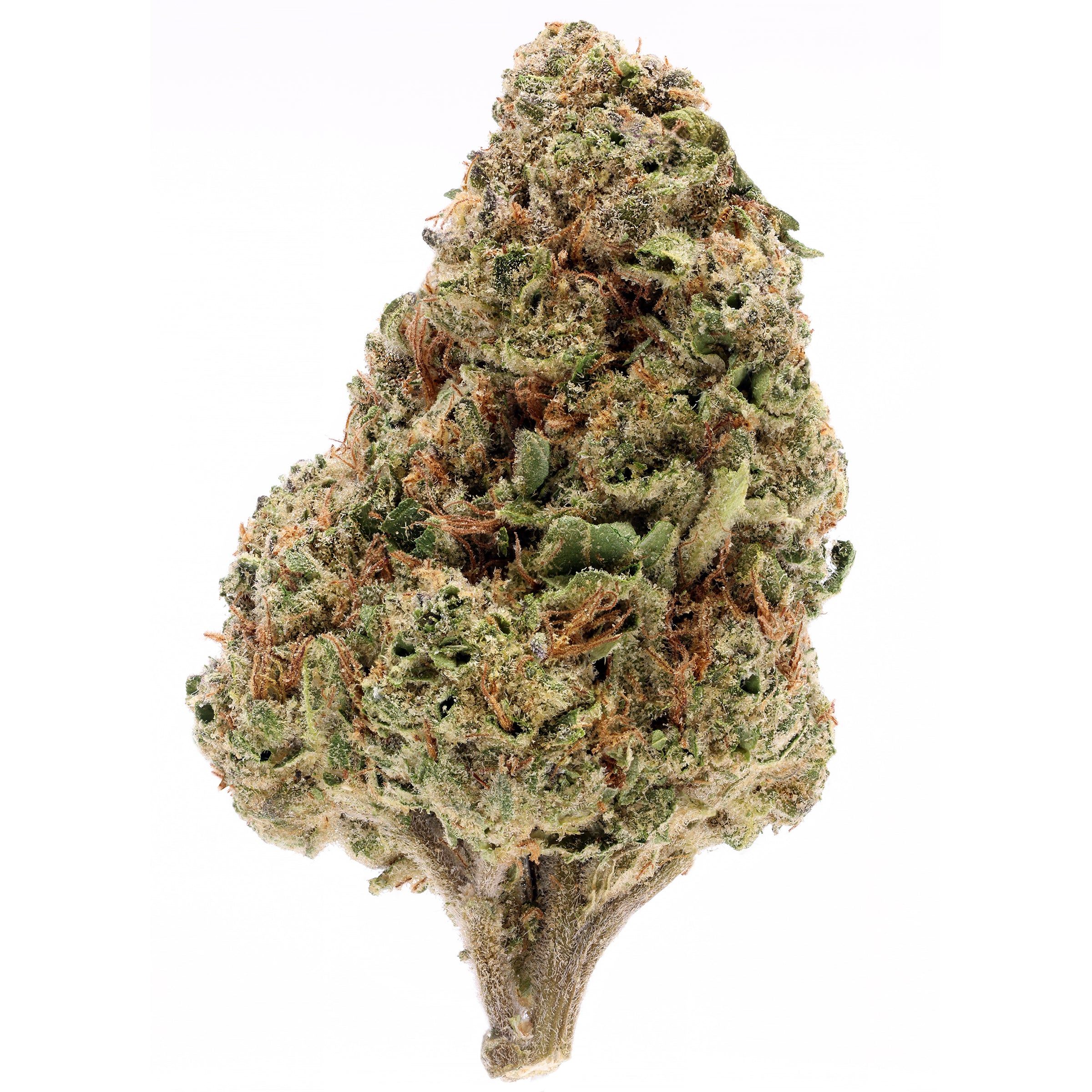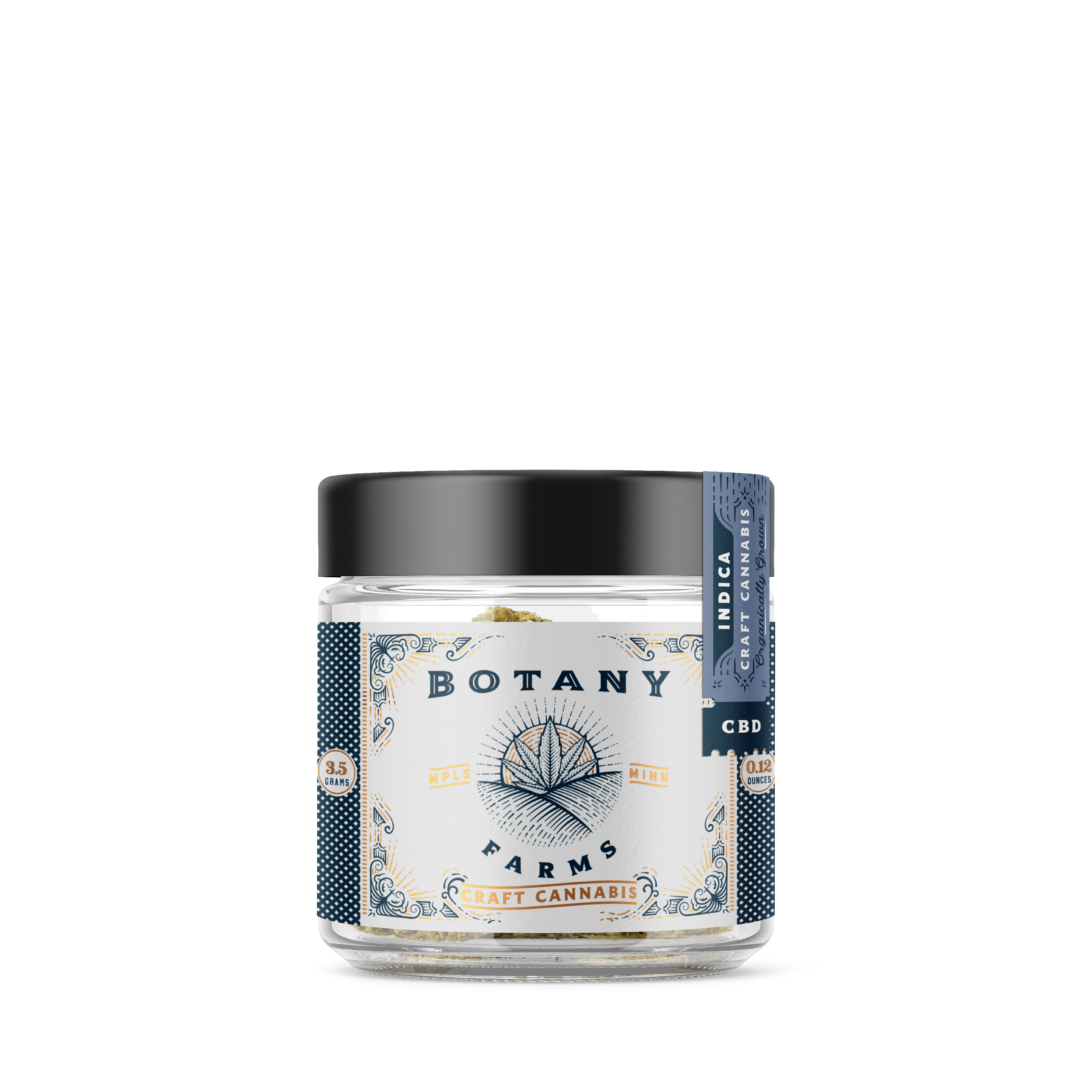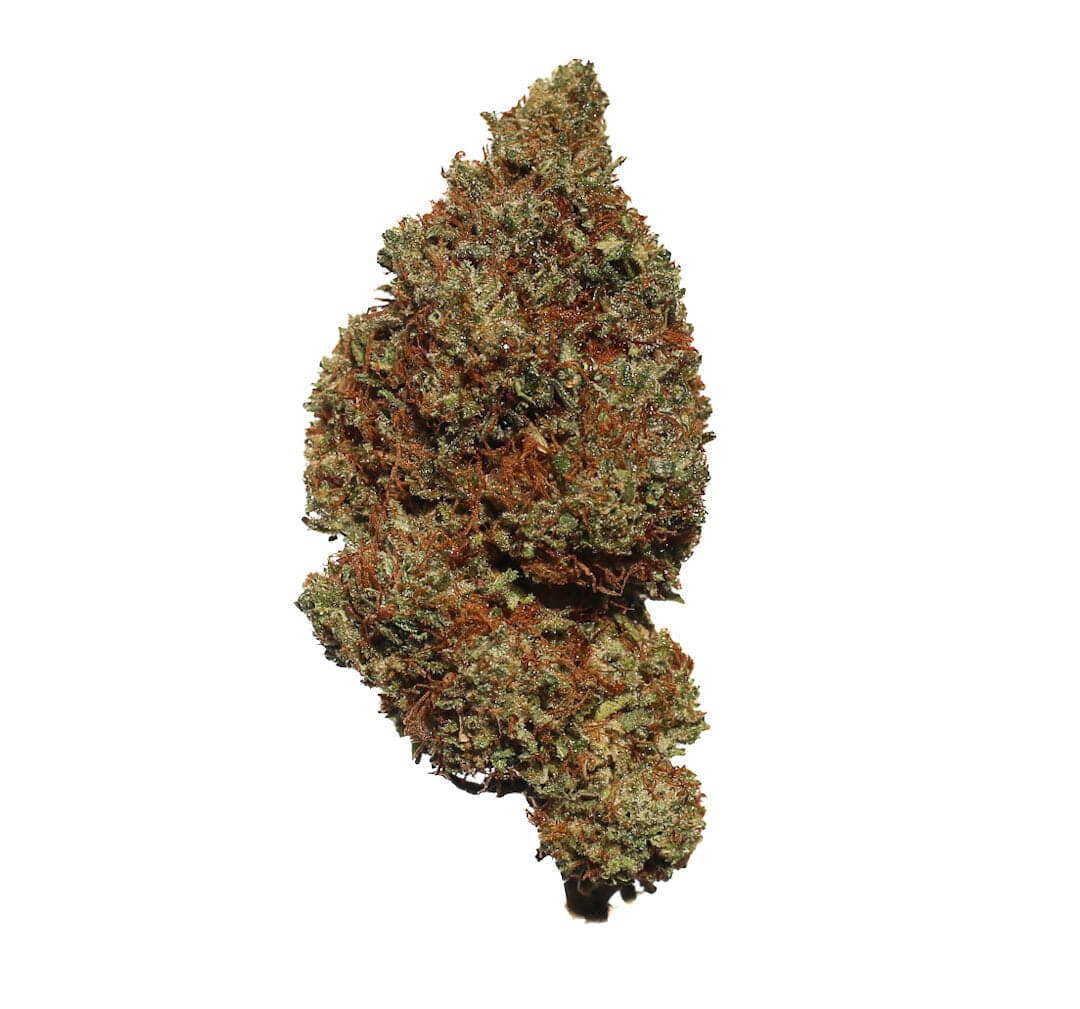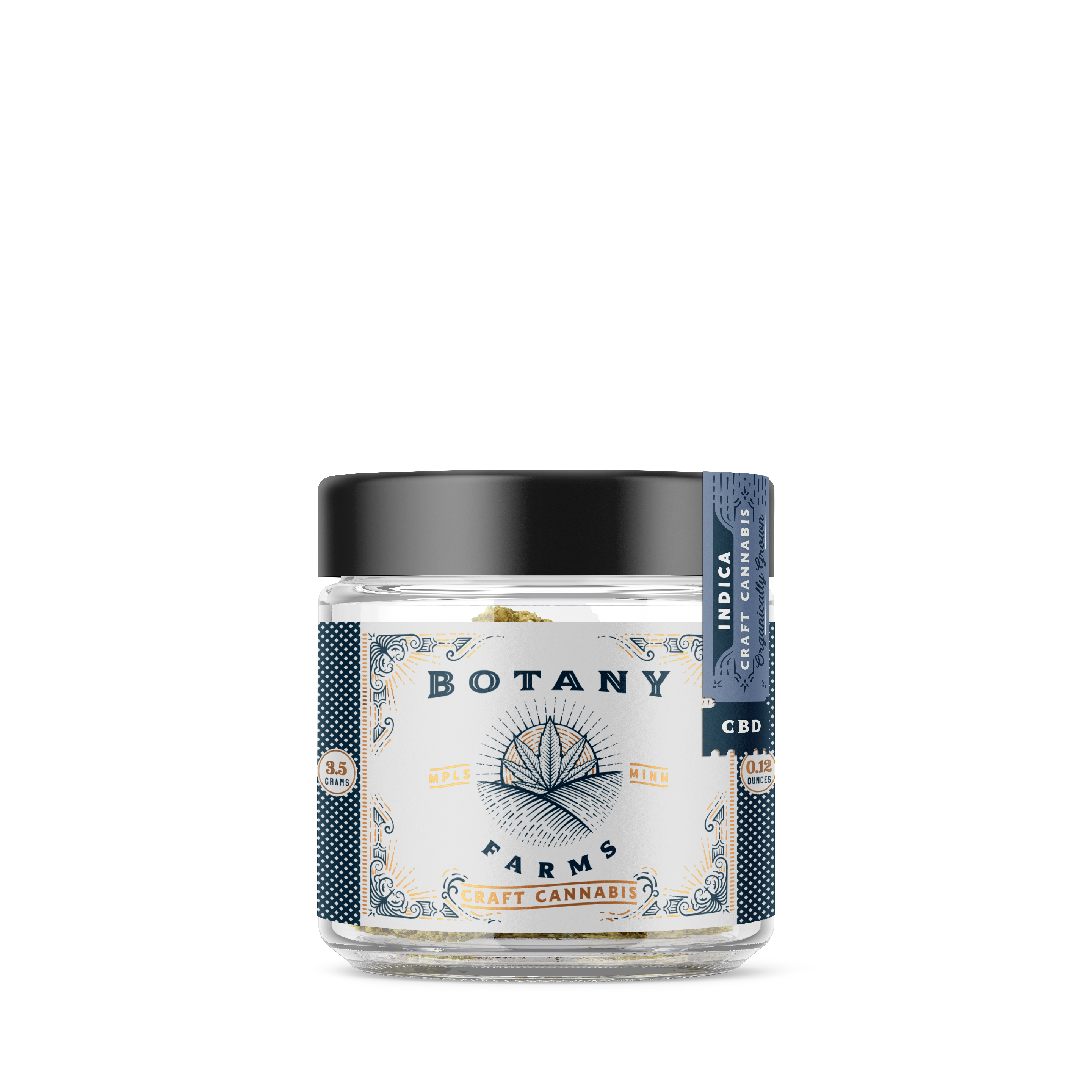One of the reasons why cannabis has increased in popularity so much in recent years is because of the myriad of potential therapeutic applications and possible health benefits it could provide. Many experts believe that the therapeutic potential of cannabis could help individuals better deal with some health conditions, including restless leg syndrome. RLS is a neurological disorder that affects millions of people and can be extremely uncomfortable. RLS causes uncontrollable leg movements that often worsen at night, making it difficult to rest well.
While there are traditional medications and therapies to treat restless leg syndrome, a growing number of people are turning to cannabis as a potential alternative treatment. If you want to understand better how cannabis could help RLS, the following guide is for you! Below, we will explore the potential of cannabis as a possible remedy for RLS and highlight some of the best strains that could offer relief. So, let's put our legs on it!
Key Takeaways
- Restless leg syndrome is a condition characterized by an irresistible urge to move the legs, typically due to uncomfortable sensations.
- Cannabis continues to attract more and more attention for its potential to alleviate the symptoms of restless leg syndrome.
- When considering cannabis as an alternative or complementary treatment to treat RLS, it is crucial to understand the potential benefits that both THC and CBD could provide.
- When choosing a strain to help with RLS, consider your THC tolerance, whether you prefer psychoactivity, and whether you want to focus on balanced strains rich in CBD.
- Determining the correct dosage and consumption method is essential for effectiveness in managing RLS with cannabis.
What is Restless Leg Syndrome (RLS)
Restless Leg Syndrome is a condition characterized by an irresistible urge to move the legs, typically due to uncomfortable sensations. People who deal with this condition describe these sensations as tingling, crawling, or throbbing, and they tend to worsen at night or during periods of inactivity. RLS can disrupt sleep significantly, leading to fatigue and a reduced quality of life.
The exact cause of RLS remains unclear, but experts believe it is related to imbalances in dopamine, a neurotransmitter that plays an important role in muscle movements. There could also be a link between RLS and genetics, as this condition often runs in families.
The impact of RLS on individuals can be pretty severe. This condition can lead to chronic sleep deprivation, resulting in daytime fatigue, difficulty concentrating, and even depression. Therefore, finding effective treatments for RLS is crucial to improving the overall well-being of those affected.
Traditional Treatments for RLS
Before delving into the potential of cannabis as a potential alternative treatment, it is essential to understand traditional approaches to managing RLS. To treat this condition, doctors may prescribe the following medications:
- Dopamine agonists: These drugs increase dopamine levels in the brain and can help relieve the symptoms of RLS. Some common examples of these medications include ropinirole and pramipexole.
- Benzodiazepines: These sedative medications can help improve sleep quality, as RLS often worsens at night. Clonazepam is one of the benzodiazepines commonly prescribed to treat RLS.
- Gabapentin: This anticonvulsant medication is sometimes used to relieve the symptoms of RLS.
- Iron supplements: In cases where iron deficiency is suspected, doctors may recommend these supplements, as correcting iron levels could help alleviate the symptoms of RLS.
- Lifestyle changes: Some simple lifestyle adjustments such as regular exercise, hot beverages, and avoiding caffeine and alcohol could help manage the symptoms of RLS.
It is important to note that while these traditional treatments may be effective for some people, they may not work the same for everyone. This is why many individuals are constantly searching for alternative approaches to treating RLS, such as cannabis.
Cannabis and RLS
Cannabis continues to attract more and more attention for its potential to alleviate the symptoms of Restless Leg Syndrome. The cannabis plant contains several active compounds, known as cannabinoids, that interact with the body's endocannabinoid system. This system plays a leading role in regulating many bodily functions, including pain perception, sleep, and muscle movements, which are all relevant to RLS.
The two best-known cannabinoids in cannabis are Tetrahydrocannabinol, or THC, and Cannabidiol, or CBD. THC is famous for the psychoactive effects it can generate, which cause the “high” that most people associate with cannabis consumption. On the other hand, CBD is a non-intoxicating compound, meaning it does not produce the same psychoactive effects as THC. Both compounds have been shown to potentially benefit individuals dealing with RLS, as many cannabis users report finding relief from their symptoms.
THC vs. CBD for RLS
When considering cannabis as an alternative or complementary treatment to treat RLS, it is crucial to understand the potential benefits that both THC and CBD could provide. So, let's take a closer look at these two compounds:
- THC: Tetrahydrocannabinol is widely famous for its ability to induce relaxation and pain relief. THC could also help improve sleep, potentially benefiting RLS patients who struggle with nighttime symptoms. Nevertheless, it is worth noting that THC can also cause psychoactive effects that may not be suitable for everyone.
- CBD: Cannabidiol is a non-psychoactive cannabinoid that has gained wide popularity in recent years for the range of potential therapeutic benefits it possesses. CBD may help reduce pain and inflammation, promote relaxation, maintain mental clarity, and improve the quality of rest. The fact that CBD lacks the intoxicating effects of THC makes it a safer option for those concerned about psychoactivity.
Many RLS patients get the most significant relief with the combination of THC and CBD, along with other cannabinoids and terpenes found in full-spectrum cannabis products, such as live resin CBD tinctures or live resin tinctures with Delta-8 THC. This is because the combination of cannabinoids and terpenes working together causes something often referred to as the “entourage effect,” where the properties of the different cannabis compounds come together, generating enhanced therapeutic effects.
Best Cannabis Strains for RLS
Not all cannabis strains are created equal in terms of helping to manage RLS symptoms. While some cannabis strains are potentially excellent for helping curb social anxiety or to include in smokable herbal blends for anxiety, others may be more effective in promoting muscle relaxation, offering pain relief, and improving sleep quality. Below, we leave you some of the strains with the best reputation in terms of their potential benefits for RLS:
- Blueberry Kush: Blueberry Kush is an Indica-dominant strain known for its powerful muscle-relaxing properties. This CBD-rich strain lets you keep your mind clear while offering full-body, relaxing effects that could be particularly beneficial for individuals with RLS. The Indica nature of Blueberry Kush makes it an excellent choice for promoting relaxation and potentially reducing RLS-related discomfort, especially during the night.
- Sugar Queen CBD: Sugar Queen CBD is a high-CBD, Sativa-leaning strain that could relieve RLS symptoms without generating the high associated with THC. Sugar Queen CBD´s potential to reduce muscle discomfort, promote relaxation, and stimulate energy levels could be quite helpful for patients with RLS during the day.
- Godfather OG: Godfather OG CBD is a potent Indica-dominant strain, popular for providing deep relaxation and sedation. Its effective muscle-relaxing effects and the Indica nature of Godfather OG CBD could be ideal for contributing to better sleep, which is crucial for RLS patients experiencing nighttime symptoms.
- Strawberry Banana Kush: This hybrid, Sativa-leaning strain is well known for providing vibrant yet balanced effects. While offering the relaxation and muscle relief associated with Sativas, Strawberry Banana Kush CBD also provides the mental clarity and energetic effects associated with CBD-rich Sativa strains. The balanced nature of this strain could benefit individuals with RLS who want to address both physical discomfort and mental restlessness, offering a balanced approach to managing RLS symptoms while allowing users to remain alert during the day.
- Grandaddy Purple: This dominant Indica strain is famous for its relaxation-inducing effects, which may be especially helpful in relieving muscle tension and promoting restful sleep.
- Harlequin: Harlequin is a high-CBD strain that offers pain relief without the intoxicating effects of THC. It is an excellent option for RLS patients who want to avoid psychoactivity.
- Northern Lights: Northern Lights is an Indica strain widely popular among cannabis connoisseurs for its calming and soothing properties. This crop could greatly help in inducing muscle relaxation and promoting better sleep.
- Blue Dream: This is another balanced hybrid strain that combines the relaxation of Indica strains with the mental clarity and energy improvements of Sativa strains. Therefore, Blue Dream could offer a balanced approach to dealing with the symptoms of RLS.
When choosing a strain to help with RLS, consider your THC tolerance, whether you prefer psychoactivity, and whether you want to focus on balanced CBD-rich cultivars. It may be necessary to experiment with different strains to find the one that best suits your specific RLS symptoms.
Dosage and Consumption Methods
Determining the correct dosage and consumption method is essential for effectively managing RLS with cannabis. Another very important aspect to consider is the dosage. It is best to start with a low dose, especially if you are new to using cannabis. You can gradually increase the dose until you find the level that provides the most relief without unwanted side effects.
It is important to note that there are several ways to consume cannabis, including smoking, vaping, tinctures, edibles, and topicals. Smoking or vaping typically provides quicker relief, while edibles offer longer-lasting effects. Tinctures, on the other hand, offer more precise control of dosage.
After choosing your favorite consumption method, consider the time of day when your RLS symptoms are usually most intense to be most effective in treating them. Some individuals find that consuming cannabis a few hours before bedtime can help prevent nighttime RLS symptoms. Lastly, always consult with a healthcare professional or a knowledgeable budtender at a licensed dispensary to determine the best dosage and consumption method for your specific needs.
Safety and Considerations
While cannabis may offer relief from RLS symptoms, it is vital to be aware of potential side effects and safety considerations. Some of the most important factors to take into account are the following:
- Psychoactive effects: THC can cause psychoactive effects, including altered perception and impairment, which may not be suitable for everyone. Use caution if you are new to THC or have a low tolerance.
- Dependence: Regular use of cannabis, especially high-THC strains, can lead to dependence. It is best to use cannabis as a complementary therapy and avoid excessive or habitual consumption.
- Interactions: Active compounds, such as cannabinoids and terpenes in cannabis, can interact with certain medications, so check with your healthcare provider, especially if you are on medications prescribed for RLS.
- Local laws: It is crucial to be aware of the legal status of medical cannabis in your region. Make sure you obtain and use cannabis products in compliance with your local cannabis laws and regulations.
Legal and Accessibility Concerns
The legal status of medicinal cannabis varies widely from region to region. In some areas, medical cannabis is legal and accessible with a doctor's prescription, while in others, it remains strictly prohibited. For those in regions where medical cannabis is legal, obtaining a medical cannabis card or prescription may be necessary to access certain strains and specific products. So, if you are interested in using cannabis to manage your RLS, it is advisable to research the laws governing the legality of cannabis in your area and consult with a health professional to explore your options.
Final Thoughts
Restless leg syndrome can significantly impact people's quality of life, particularly when it interferes with sleep or disrupts functionality in daily activities. While there are traditional treatments for this condition, there is a growing number of RLS patients exploring the potential benefits of cannabis, particularly with strains rich in CBD, THC, or both. It is essential to find the right strain, dosage, and method of consumption. Likewise, it is also advisable to consult with an experienced healthcare provider or budtender for guidance on suitable strains and dosages.
Whether to treat the symptoms of RLS or any other condition, people should use cannabis responsibly and always in compliance with local laws, especially in regions where its use remains restricted. As research on cannabis and RLS continues to evolve, cannabis could become a more widely accepted and effective treatment option for those needing relief.
Cannabis for Restless Leg Syndrome: Frequently Asked Questions
How Does Cannabis Help With RLS Symptoms?
Cannabis may help with RLS symptoms by interacting with the endocannabinoid system, potentially reducing muscle tension and promoting relaxation, leading to relief from RLS-related discomfort.
Should I Choose an Indica or Sativa Strain for RLS?
Indica strains are typically preferred for dealing with RLS due to their strong muscle-relaxing and sedative effects, which may alleviate RLS symptoms and promote better sleep. However, some hybrid strains with balanced effects could also be suitable.
How Can I Ensure I'm Getting a High-Quality Cannabis Product for RLS?
To ensure you get high-quality products for RLS, get them from reputable dispensaries or providers, look for products with lab-tested cannabinoid and terpene profiles, and consider seeking recommendations from medical professionals.
Are There Any Risks to Using Cannabis for RLS?
There are some potential risks associated with using cannabis for RLS, including psychoactive effects, dependence, and possible interactions with other medications. Consult with a healthcare professional before using cannabis as a complementary therapy.
Can I Grow My Own Cannabis Strains for RLS?
Whether you can grow your own cannabis strains for RLS depends on your local legal regulations. Some areas allow home cultivation for medical use. Still, it's crucial to do your research to ensure you comply with local laws.
